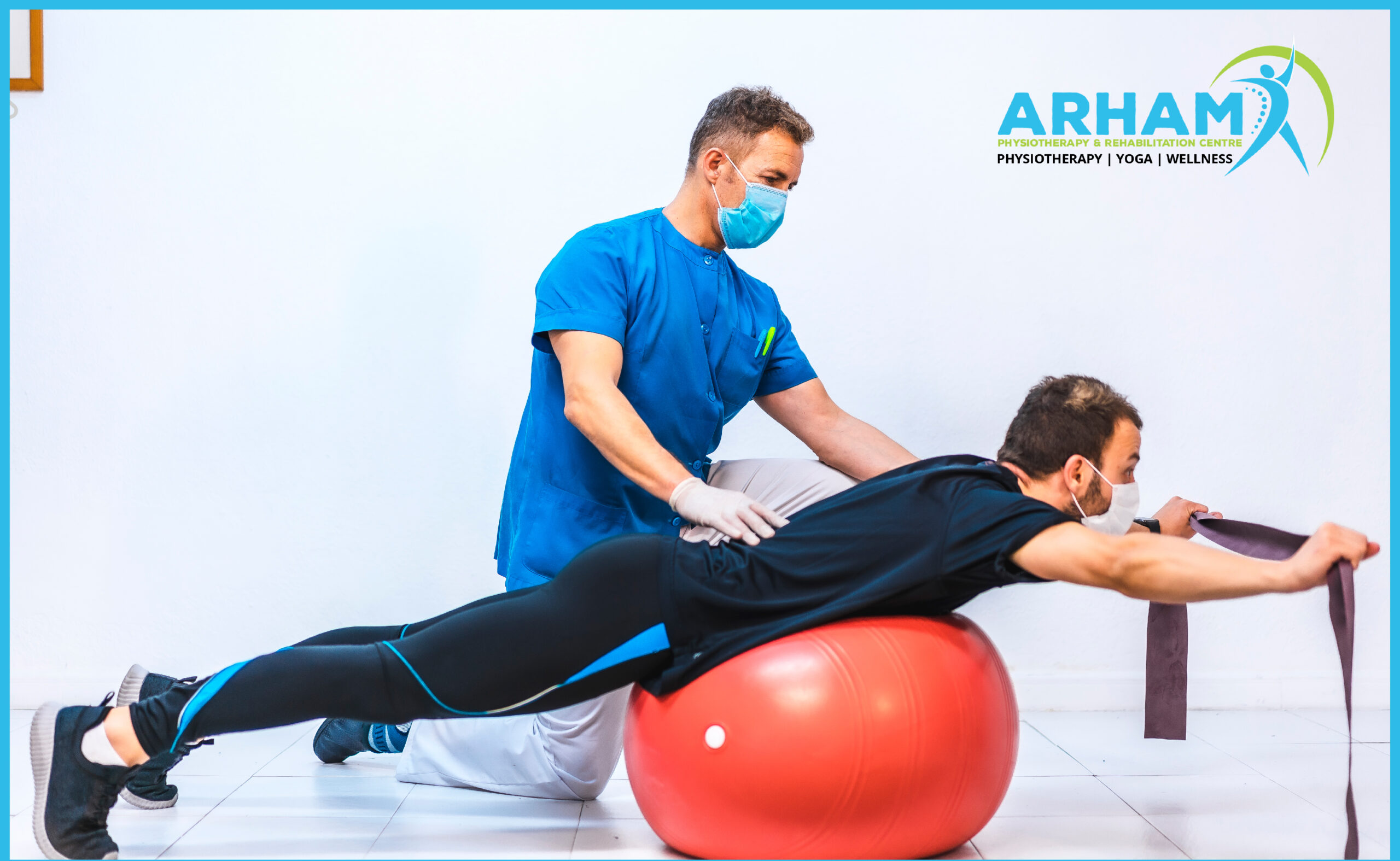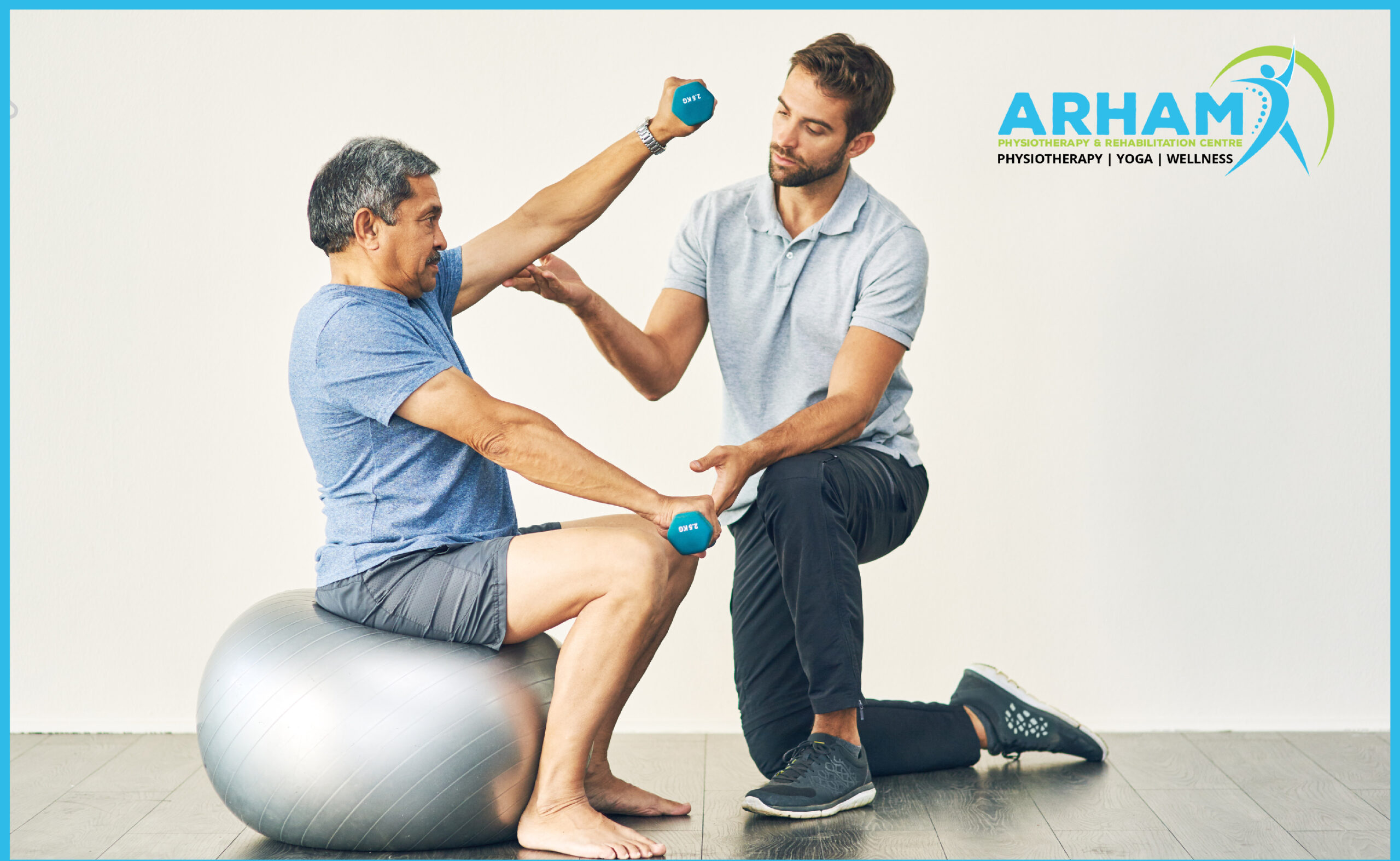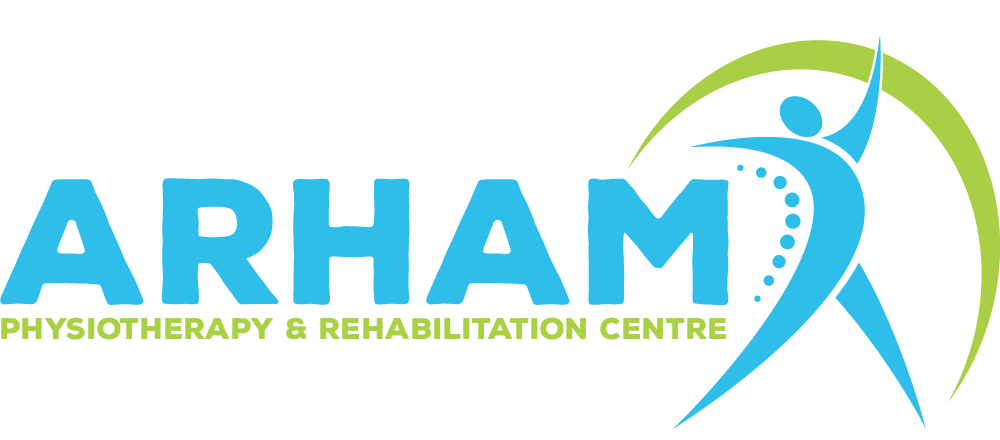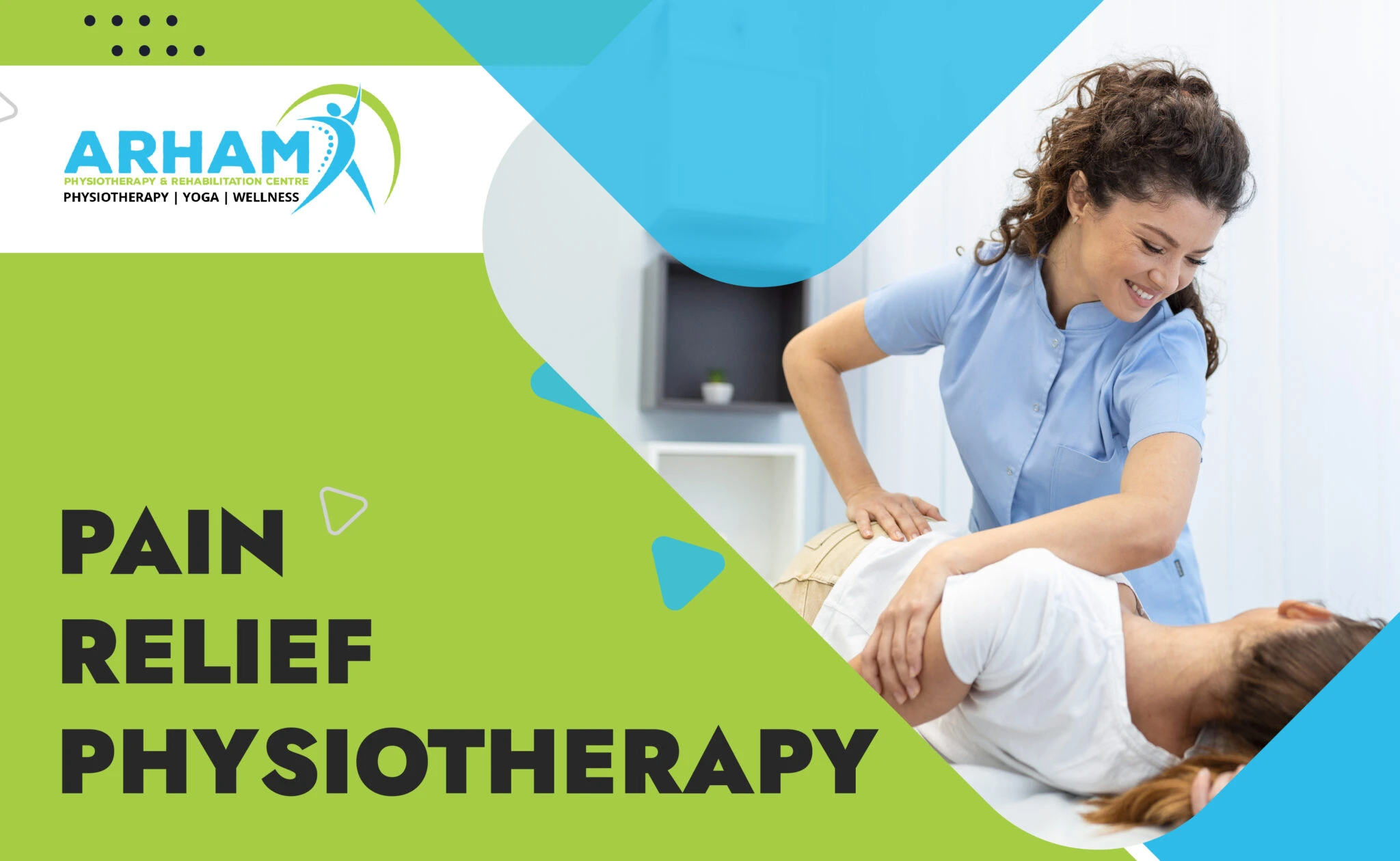Pain Relief Physiotherapy
Pain relief physiotherapy plays a crucial role in the recovery and rehabilitation of individuals experiencing various forms of pain, whether it be acute or chronic. This specialized branch of physiotherapy focuses on assessing, managing, and treating pain through a combination of modalities, therapeutic exercises, manual therapy techniques, and patient education. By targeting the underlying causes of pain and promoting optimal function, pain relief physiotherapy aims to improve the quality of life for patients. In this blog post, we will explore the key aspects of pain relief physiotherapy and its profound impact on recovery.
Table of Contents
ToggleAssessing Pain: Evaluation and Measurement in Physiotherapy
Before embarking on a treatment plan, pain relief physiotherapists employ comprehensive assessment techniques to evaluate the severity, location, and characteristics of the pain. This evaluation may include a combination of subjective questioning, objective measurements, and physical examinations to gain a holistic understanding of the patient’s condition. By accurately assessing pain, physiotherapists can tailor treatment approaches and monitor progress effectively.
Pain Management Techniques: Modalities and Strategies for Pain Relief
Physiotherapy incorporates a wide range of techniques and modalities to alleviate pain and promote healing. These may include heat or cold therapy, transcutaneous electrical nerve stimulation (TENS), ultrasound, and therapeutic taping. Additionally, physiotherapists may employ strategies such as relaxation techniques, breathing exercises, and cognitive-behavioral therapy to address the emotional and psychological aspects of pain.

Therapeutic Exercise: Strengthening and Stretching for Rehabilitation
Exercise is a fundamental component of pain free physiotherapy. Physiotherapists design tailored exercise programs that focus on strengthening weak muscles, improving flexibility, and enhancing overall physical function. Through carefully selected exercises, patients can gradually regain strength, stability, and range of motion, thereby reducing pain and restoring functional abilities.
Manual Therapy: Hands-on Techniques for Pain Reduction and Improved Function
Manual therapy techniques form an integral part of physiotherapy. Physiotherapists utilize various hands-on techniques such as joint mobilization, soft tissue mobilization, and myofascial release to relieve pain, reduce inflammation, and improve joint mobility. These techniques can enhance blood flow, facilitate tissue healing, and restore proper biomechanics, ultimately leading to pain reduction and improved function.

Neuromuscular Reeducation: Restoring Proper Movement Patterns and Function
Neuromuscular reeducation is a vital aspect of pain free physiotherapy, particularly in cases where pain has caused altered movement patterns. Through targeted exercises and proprioceptive training, physiotherapists help patients regain neuromuscular control, improve balance, and restore functional movement. By retraining the body to move in a pain-free and efficient manner, individuals can prevent further injuries and maximize their overall recovery.
Patient Education: Empowering Individuals with Self-Management Techniques
Patient education is a key element of physiotherapy. Physiotherapists educate patients about their condition, pain triggers, and self-management techniques to empower them in taking an active role in their recovery. This education may include guidance on posture, ergonomics, body mechanics, and home exercises that patients can incorporate into their daily routines to manage pain and prevent future recurrences.
Also Read: How Women Health Will Be Maintained Using Physiotherapy?
Rehabilitation After Surgery: Optimizing Recovery with Pain Relief Physiotherapy
Physiotherapy plays a crucial role in post-operative rehabilitation. Physiotherapists work closely with surgeons to develop customized treatment plans that address pain management, swelling reduction, and restoration of function. Through a combination of modalities, exercises, and manual techniques


Pingback: The Benefits of Movement for Easing Knee Pain
Pingback: Pediatric Rehabilitation for Common Sports Injuries in Children
Pingback: The Role of Neuro Physiotherapy in Stroke Rehabilitation
Pingback: How to Prevent Accidental Fractures
Pingback: How to Prevent Headaches and Migraines
Pingback: How to Choose the Right Knee Pain Physiotherapy Clinic for You
Pingback: Can Physiotherapy Help to Deal With Knee Pain? - Arham Physio